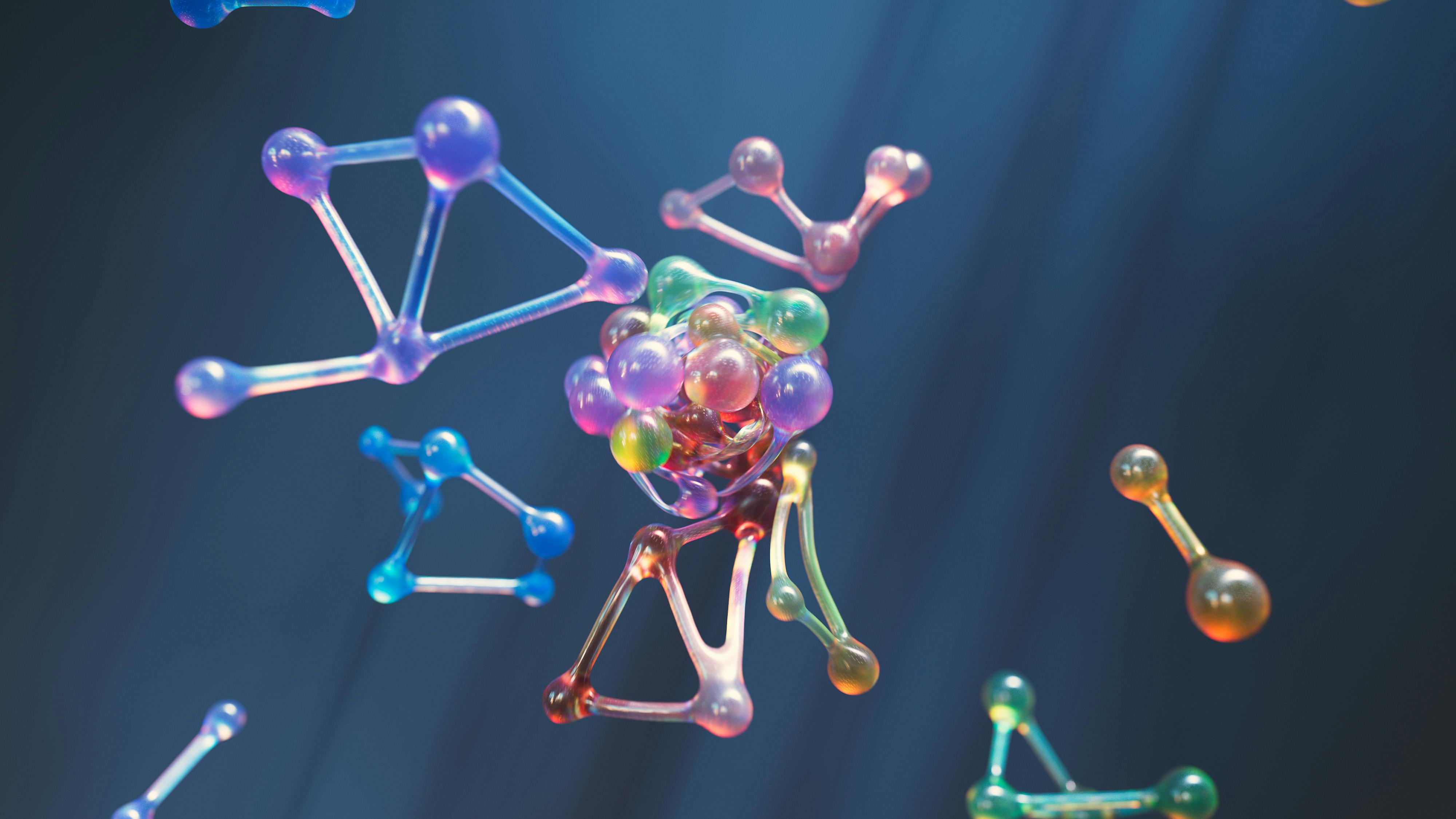
Can gluons multiply indefinitely?
19-06-2024
Understanding the structure of matter at the smallest scales is the greatest challenge faced by physicists today. Atoms consist of nuclei and electrons, nuclei of protons and neutrons, which in turn quarks bound together exist. In addition, the mass of all these particles is only a "side effect" of their interactions with each other or with the Higgs field, discovered experimentally over a decade ago. These interactions are modeled as the exchange of particles - gluons, photons and other so-called gauge bosons. And it is the properties of gluons that scientists from the National Center for Nuclear Research under the supervision of Dr. hab. Tolga Altinoluk will study in the project "Revealing the multidimensional structure of hadrons in the density saturation regime of high-energy gluonic collisions" financed by the National Science Center under the SONATA BIS programme.
One of the most appealing questions in physics that has been studied for several decades is the fundamental structure of matter in Nature. The vast amount of effort devoted to understand the basic ingredients of matter and their interactions resulted in the theory known as Quantum Chromodynamics (QCD). This theory describes the interactions between the elementary strongly-interacting particles known as quarks and gluons. These elementary particles combine and form composite particles known as hadrons.
QCD is at the focus of both experimental and theoretical studies for many decades with the aim of understanding the structure of hadrons. Due to the complexity of the theory, a full understanding of the structure of the hadrons has not been achieved and it is still under investigation. One of the key features of QCD is that the number of gluons inside a hadron increases very rapidly with increasing energy. This phenomenon is related with the fundamental property of gluons which tend to split into the daughter gluons. However, one central question is whether this increase can continue unboundedly. Continuous theoretical efforts over the last three decades lead to a phenomenon known as gluon saturation which can be explained as follows. At sufficiently high energies, another property of gluons become important. In a dense environment, gluons start to recombine and this process slows down the increase of gluon density. This brings a nonlinear aspect to the dynamics of the interaction of the elementary particles. Studying the gluon saturation phenomenon and its nonlinear nature is very important to understand the structure of hadrons.
One of the biggest colliders that studies the fundamental structure of matter is the Large Hadron Collider at CERN in Switzerland. This collider has provided a vast amount of data to study structure of hadrons. Moreover, a new collider (Electron-Ion Collider) will be built in the USA which will provide a clean environment to study the fundamental structure of matter within the QCD framework. “Significant improvement in the theoretical calculation framework is needed – Tolga Altinoluk explains - in order to fully utilize the existing data and to provide theoretical support for future phenomenological studies. Therefore, the main goal of this project is to develop new theoretical tools that will improve our understanding of gluon saturation and will shed light on the fundamental structure of matter.”




